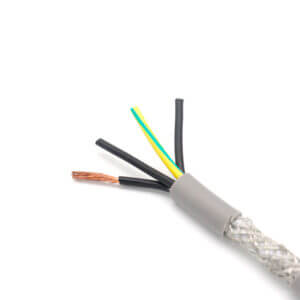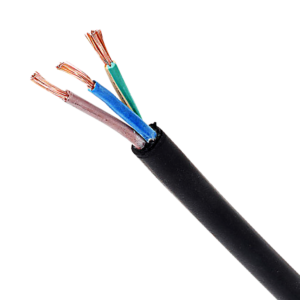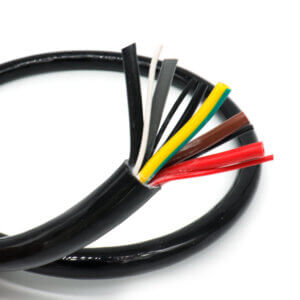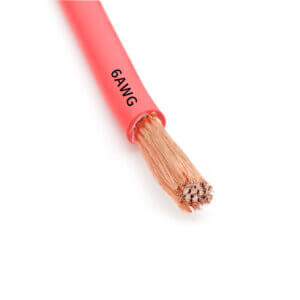Understanding the shielded cables and the differences
Introduction
Shielded cables play an important role in complex industrial environments. These cables have a shield of tinned copper or aluminum foil, which protects the electrical signals from external electromagnetic interference and thus ensures the normal operation of industrial computers or automation systems. Now let me briefly introduce the various types of shielded cables and their differences.

TC shield cable
What is shielded cable?
Shielded cables are generally cables with a metal shield. Common cable is composed of conductor, insulation, sheath layer. Shielded cables have one or more layers of metal shielding between the insulation and the sheath. The copper wire preparation of the shield makes these cables very suitable for crosstalk-free data and signal transmission in measurement and control technology.
Main types of shielded cables
There are 3 common types of shielded cables
* Aluminum Foil Shield: The shield is made of a single layer of Mylar aluminum foil.
The shield is made of a single layer of aluminum foil. Common models are: UL2464 Foil shielded cable
* Metal Braid Shield: The shield is made of a single layer of copper wire.
The shield is made of a single layer of copper wire. Common models are: UL2464 TC Shielded cable.
* Aluminum foil + copper wire preparation shielding: the shielding layer by the Mylar aluminum foil + copper wire preparation made.
Common models are: CY; LiYCY

Control cable CY
Shielded cable differences and applications
| Application | Advantage | |
| Foil shielded | Electronic
High frequency interference |
Light Weight
|
| Copper shielded | Industry&audio
Low frequency interference |
Durable&Flexible |
| Foil+shielded | Industry automation
High&Low frequency |
Prefect anti-interference capability |
Why use shielded cable?
* Reduce interference: to prevent electromagnetic interference with important signals
* Increase durability: metal shielded cables have better mechanical properties and are more resistant to bending
How to choose the right cable for your application
* Determine the frequency requirements, of course, if you have enough budget you can choose Al Foil + TC, so that you can meet both low-frequency and high-frequency
* Determine the environment in which the cable is to be used. For frequent towing and hauling, choose cables with metal braid shielding.
* Determine the signal sensitivity, note that the metal braided shield is covered. If you are sensitive to signals, use cables with high coverage.
* Consult a professional, such as the KMCABLE team with 12 years of experience.
Conclusion
I have come across many customers who are torn between using cables with shielding. I hope that buyers will choose shielded cables as much as their budget and application environment allow. Because modern industry is becoming more and more automated, this means that the factory environment can be filled with electromagnetic signals. The cost of those few bits of metal in a shielded cable may not really be that low compared to the damage caused by the whole system going down.




